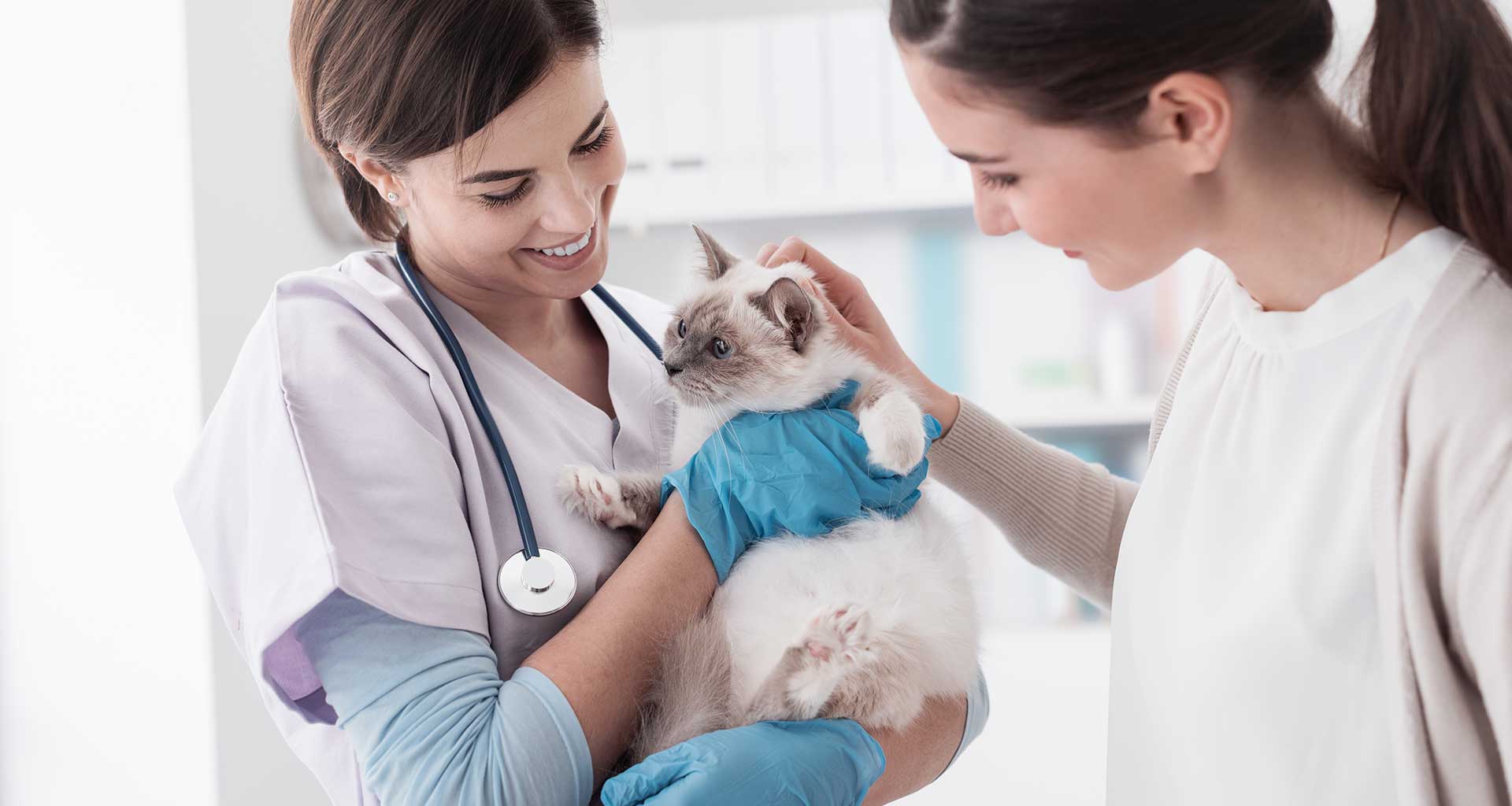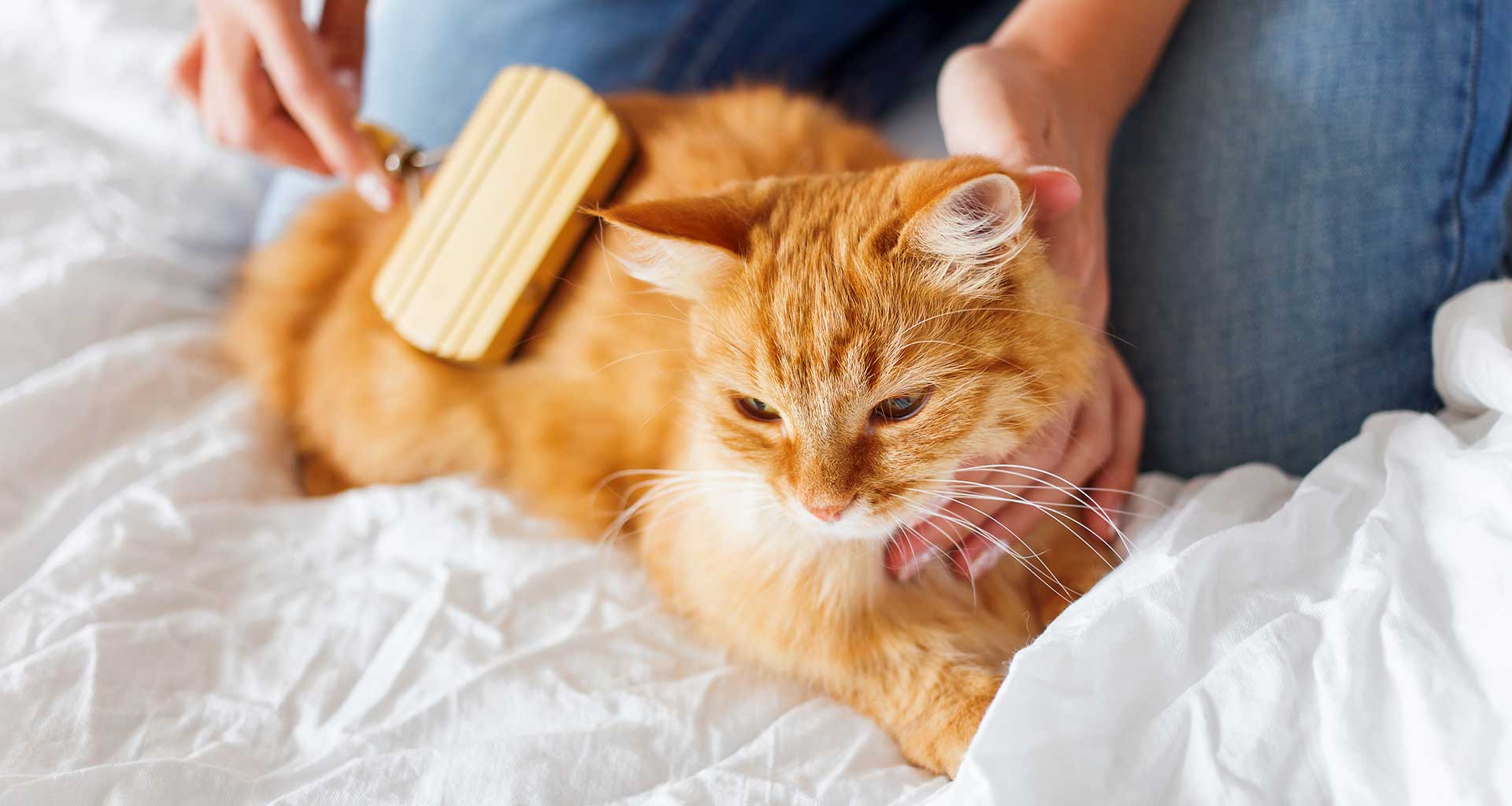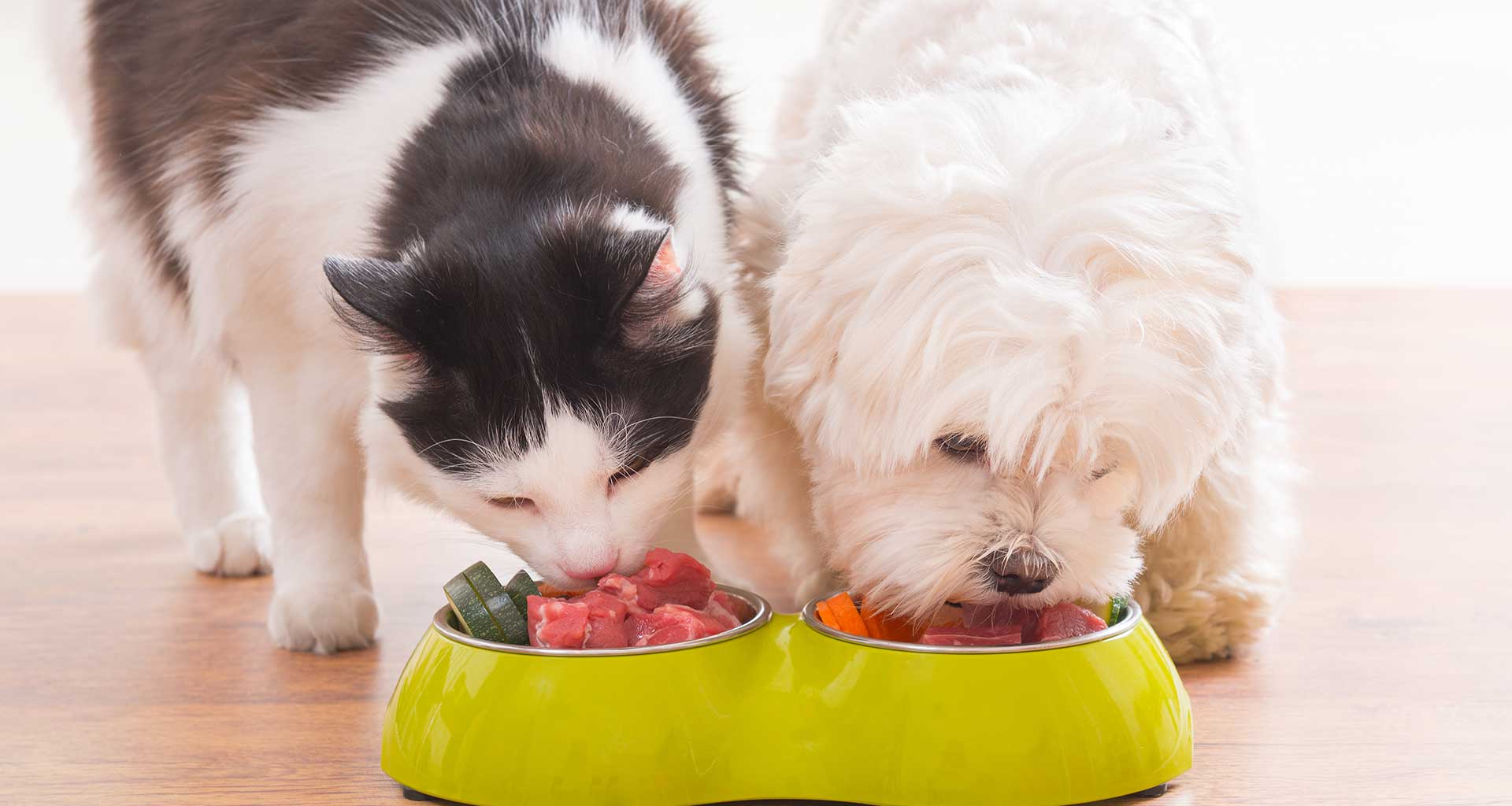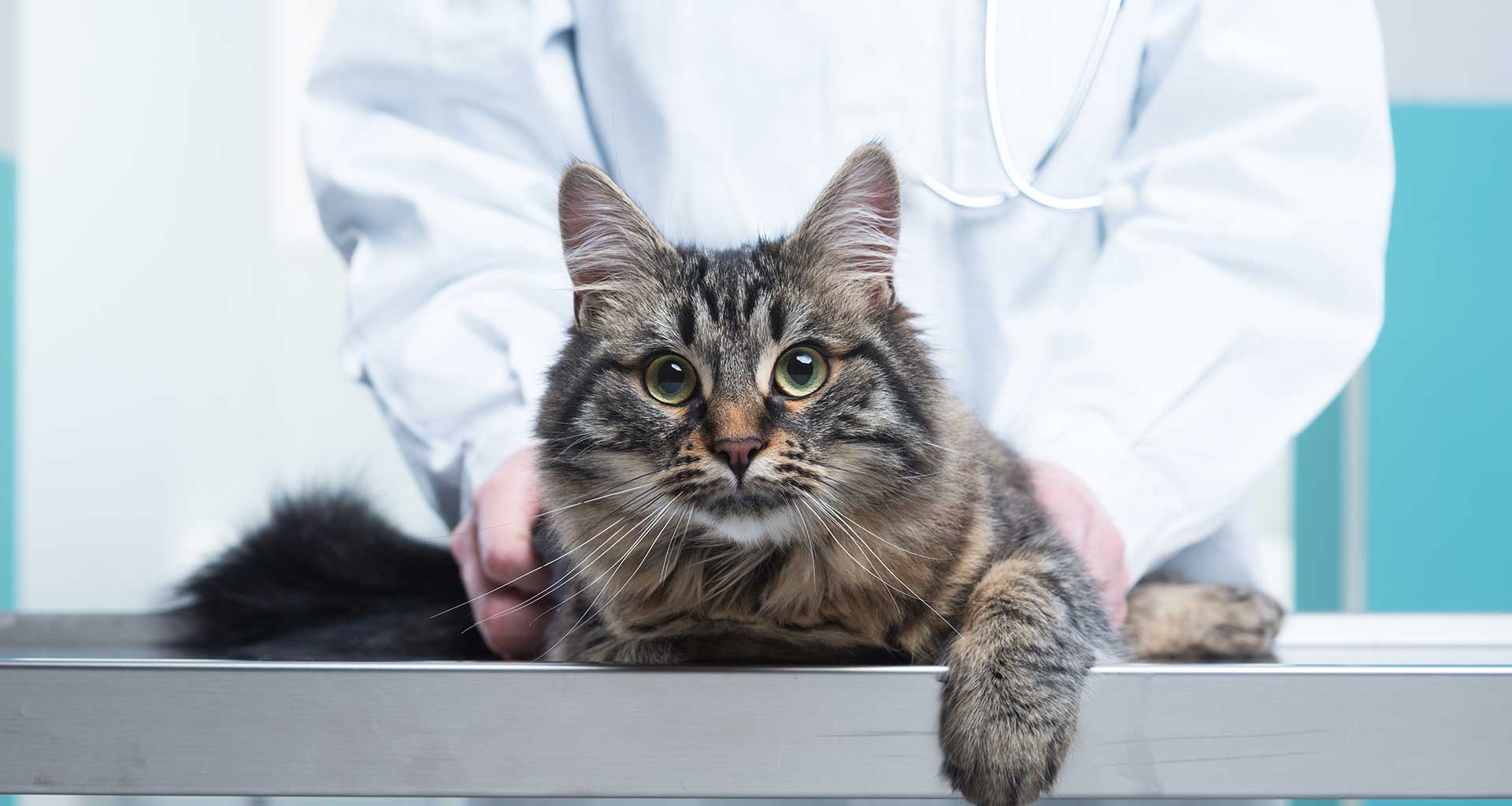End of Life Care for Pets
The end of a pet’s life is a difficult and emotional time. Understanding the options available can help you make informed decisions to provide the best possible care and comfort for your pet during this period. From ensuring their comfort, minimising pain, planning a meaningful goodbye and knowing what to expect can ease the process and support both you and your pet.
Comfort and Dignity
End-of-life care focuses on maintaining comfort and dignity for your pet in their final days. Options range from palliative care, such as pain management and lifestyle adjustments, to decisions around euthanasia or allowing a natural death. It’s important to consult with your veterinarian, who can guide you through each option and help you make decisions that best support your pet’s quality of life.
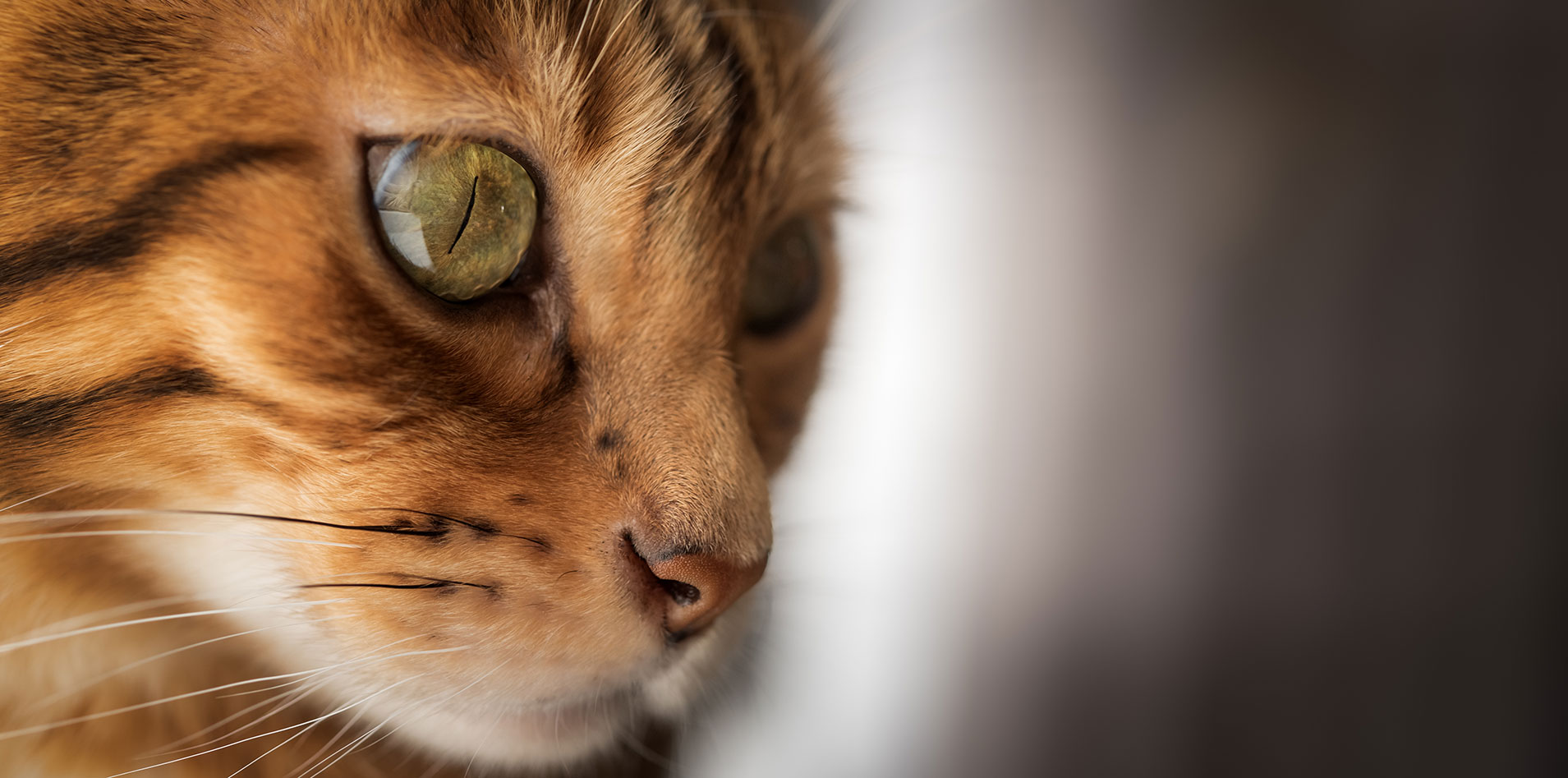
Euthanasia at Home
Many pet owners choose our house-call euthanasia service. This way a pet’s final time is at home where they are most comfortable and is a compassionate way for pets to pass peacefully in a familiar environment, surrounded by loved ones. This setting can minimise anxiety for both the pet and their family.
Home euthanasia can be especially comforting for pets with mobility issues, severe anxiety, or terminal illnesses, helping them pass in a way that feels natural and respectful.
Exploring End-of-Life Options
Here are some common considerations:
Quality of Life: Assessing your pet’s quality of life is key to understanding their needs. Signs of reduced quality of life due to age, illness, or other factors may indicate that it’s time to consider euthanasia.
Euthanasia at the Clinic or Home: Choosing between euthanasia at the clinic or at home depends on what feels most compassionate for both you and your pet. Clinics provide a supportive, professional setting, while home euthanasia offers a more personal, peaceful experience. Both options ensure a dignified farewell.
Natural Death: Some pet owners opt to allow their pet to pass away naturally at home, providing a peaceful farewell in a familiar setting.
Burial or Cremation: Depending on your preferences and local regulations, you may choose between home burial, professional cremation, or pet cemetery burial to honour your pet’s memory.
Making the Decision
Deciding when to let a pet go is never easy. Key factors to consider include:
- Quality of Life: Is your pet able to enjoy daily activities, or has their quality of life deteriorated?
- Health and Age: Assessing your pet’s health and any chronic conditions can provide insight into their needs and what is manageable.
- Financial Considerations: Evaluate the costs of ongoing treatments, medications, and end-of-life care to ensure they’re within your means.
- Prognosis: Consult with your veterinarian to understand the likely progression of your pet’s condition.
Grieving a pet’s loss is a deeply personal process, and support from family, friends, and pet loss support services can help during this difficult time. Take the time to find what feels right for you as you mourn your companion.
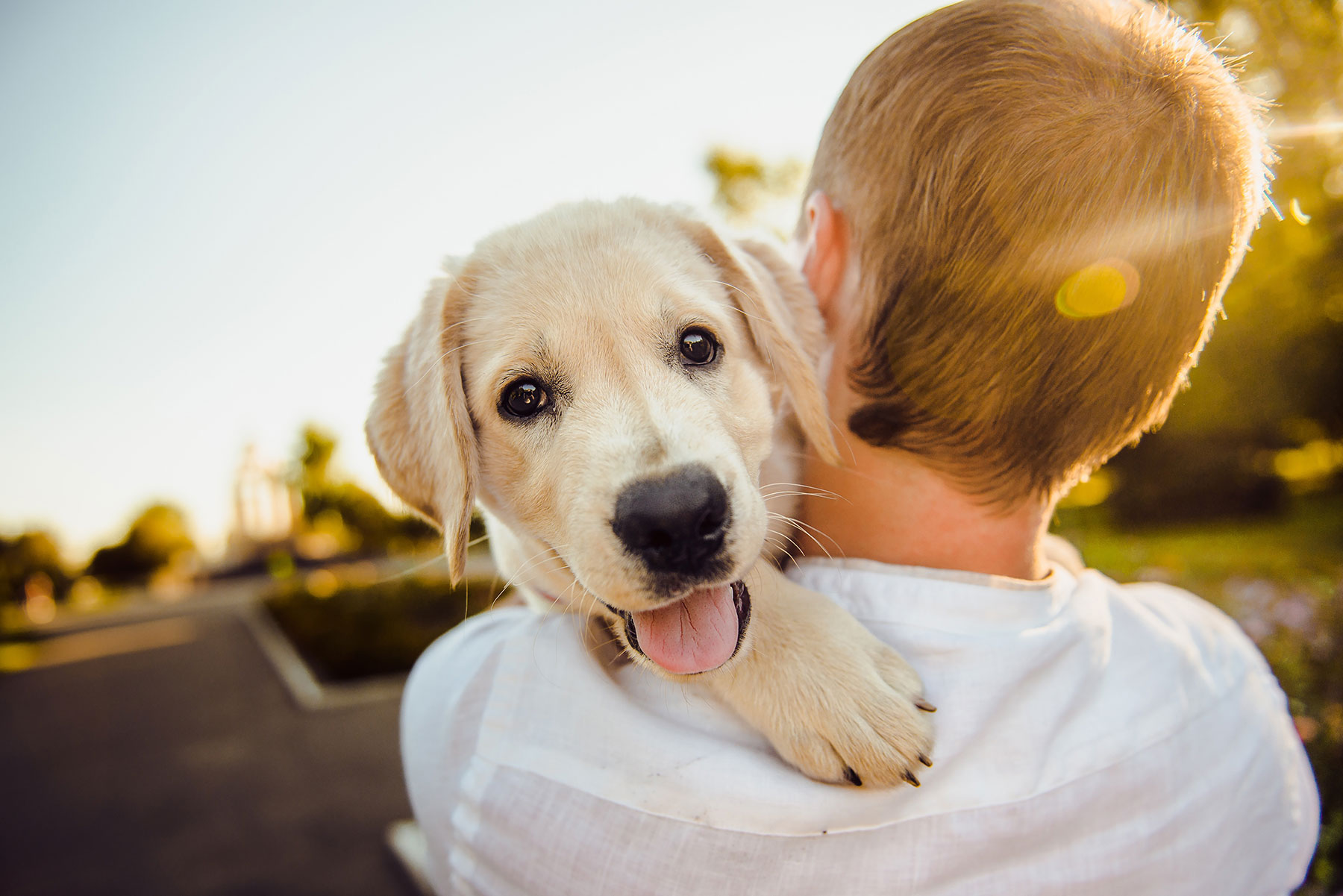
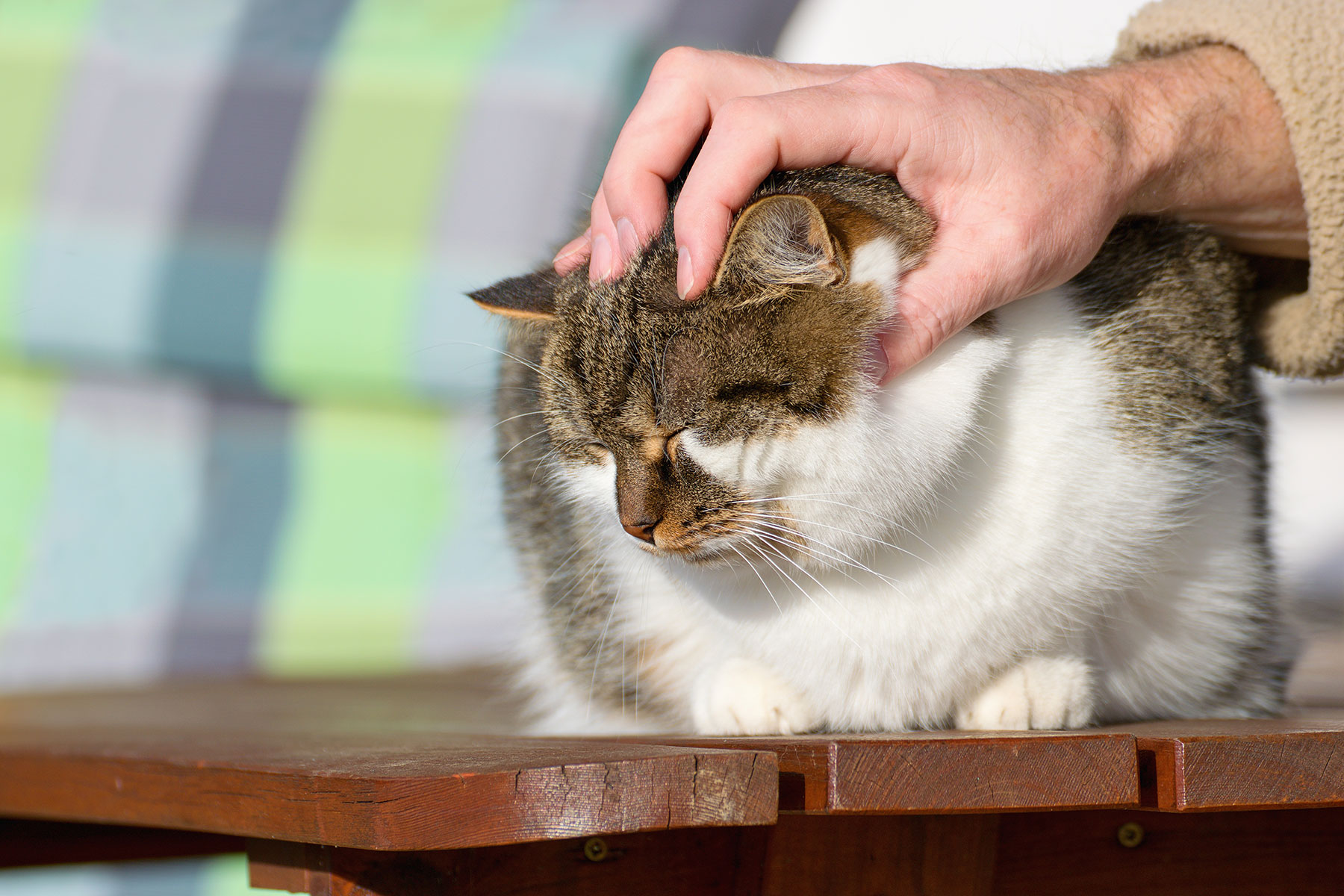
Practical Considerations
Do You Wish to Be Present?
Some pet owners find comfort in being present during euthanasia, while others prefer not to have this as their last memory of their pet. Whichever you choose, the veterinary team will respect your wishes.
Body Care Options
There are several options for taking care of your pet’s body after they pass:
Home Burial: If you choose to bury your pet at home, consider local regulations. You may wish to bring a favourite blanket, or your veterinary team can provide a biodegradable burial bag at no extra cost.
Private Cremation or Cemetery Burial: Many families choose to have their pet cremated or buried in a pet cemetery. Cremation options vary, allowing you to keep ashes in an urn, box, or keepsake. Discuss your choice with the veterinary team in advance to ensure arrangements are made smoothly.
On the Day of Euthanasia
When you arrive, a receptionist will guide you through the authorisation form and ensure all choices are documented. If you choose not to be present for the procedure, you can say goodbye beforehand. For those wishing to stay, your pet will be prepared in a comfortable manner with minimal stress. The veterinarian will administer a sedative to make your pet sleepy, followed by an anaesthetic overdose to stop their heart. You may notice some natural reflexes, like a deep breath or slight muscle movement, which are normal.
You’ll have private time with your pet afterward, allowing you to say a final farewell in peace. If you are taking your pet home for burial, the veterinary team will carefully prepare them for you.
Respecting Your Wishes
Losing a pet is a deeply emotional experience, and it’s natural to grieve openly. Veterinary staff understand the sadness you’re going through and are there to support you in any way they can. If you have specific cultural or religious customs, simply let the receptionist know, and they will accommodate your needs to the best of their ability.


